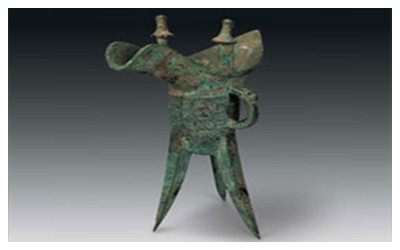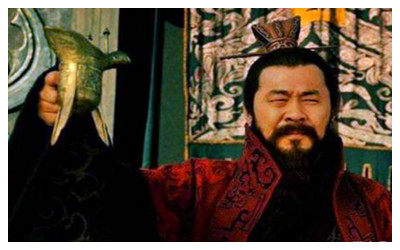
Chinese Alcohol History
 In the Xia dynasty, Chinese people were very good at wine drinking, they made a kind of wine, called 杜康 (Du kang ). And the wine culture was very popular. The wine vessel named 爵 (Jue) was created, which is the earliest known bronze ware in China.
In the Xia dynasty, Chinese people were very good at wine drinking, they made a kind of wine, called 杜康 (Du kang ). And the wine culture was very popular. The wine vessel named 爵 (Jue) was created, which is the earliest known bronze ware in China. In the Shang Dynasty, the wine-making industry was very developed, the production technology of bronze-ware was improved. With a complete set of experience in making wine, Chang Shao Family and Wei Shao Family were the most famous families to specialize in making wine and wine utensils. At that time, alcoholic beverages included alcohol, sweet wine and chutney, and drinking was very popular. Especially, the widespread drinking of wine was attracted to pay a great attention by the Shang rulers. It was recorded that the king of Shang dynasty made a large alcohol pond where a boat could pass. Accompanied by beautiful women, the king was addicted to drinking and having sex every day. At last, he was killed by the Zhou Dynasty.
In the Zhou Dynasty, the kings vigorously advocated "drinking etiquette" and "drinking morals". Alcohol was regarded as a sacred liquid only when people made sacrificial offerings to Heaven and the Earth or ancestors was it used. In addition, they also designated the strictest etiquette of drinking. In the folk drinking activities, officials should be the host and social celebrities were guests. While drinking, the elders should be particularly favored. In the folk activities taken alcohol as the main theme, it was vividly displayed the folk customs of respecting the old people. This is the "Alcohol Culture" of the Zhou Dynasty.
 After the Zhou dynasty, alcohol was deemed as one of the Nine Rites, and every dynasty put great emphasis on alcohol administration to set up special ministries to manage alcohol production and banqueting. Later, along with the development of zymotechnics and brewery, alcohol became an ordinary drink. Thus, many customs concerning alcohol formed and evolved which had and have various relationships with Chinese daily life.
After the Zhou dynasty, alcohol was deemed as one of the Nine Rites, and every dynasty put great emphasis on alcohol administration to set up special ministries to manage alcohol production and banqueting. Later, along with the development of zymotechnics and brewery, alcohol became an ordinary drink. Thus, many customs concerning alcohol formed and evolved which had and have various relationships with Chinese daily life.







 Ask Questions ?
Ask Questions ?